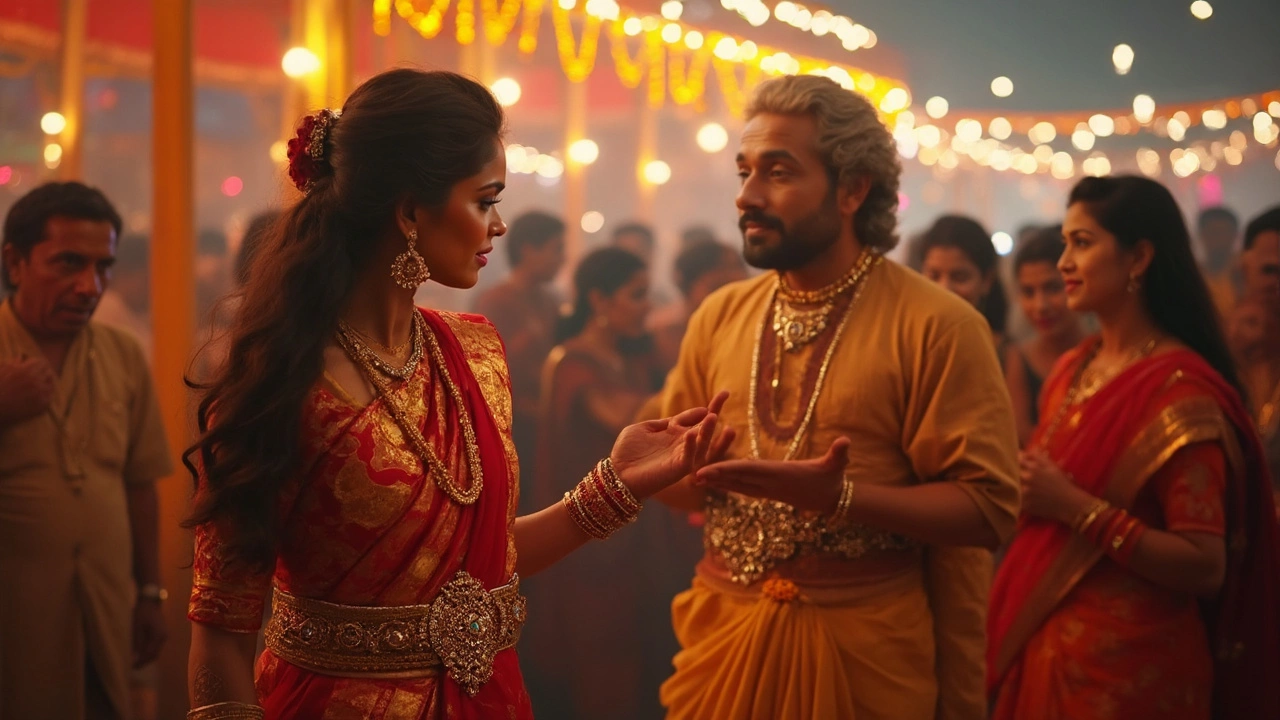Kamarbandh – The Classic Indian Waist Belt
When talking about Kamarbandh, a decorative waist belt traditionally worn by women during Indian ceremonies and everyday celebrations. Also called a waist belt, it adds a touch of elegance to a saree or lehenga while highlighting the waistline. The kamarbandh often features intricate filigree, enamel work, or tiny stones, making it a standout piece in any outfit.
One of the most common companions of a kamarbandh is the Mangalsutra, the sacred necklace tied by the groom during Hindu weddings. While the mangalsutra sits on the neck, the kamarbandh frames the waist, together creating a balanced look that respects tradition and adds visual harmony. This pairing reflects the cultural principle that jewelry should celebrate both the heart and the body.
The material choice heavily influences the belt's appeal. Most authentic pieces are crafted from Gold, usually 22K or 24K, prized for its shine and cultural value. Gold not only ensures durability but also ties the kamarbandh to broader Indian customs where gold symbolizes wealth and good fortune. In modern designs, some artisans blend gold with alloy or silver to keep prices accessible without compromising the gleam.
Another related accessory is the Kada, a solid steel or gold bangle traditionally worn on the wrist. When a woman wears a kamarbandh, a matching kada on the arm creates a coordinated set that echoes the belt’s motifs. Both pieces often share the same pattern, such as floral vines or geometric cuts, reinforcing the idea that Indian jewelry functions as a cohesive ensemble rather than isolated items.
Beyond aesthetics, the kamarbandh carries deep cultural meaning. In many Indian weddings, the bride wears the belt as part of her bridal trousseau, signifying marital bliss and the protection of the household. It's also a marker of regional identity; designs from Rajasthan differ from those in South India, reflecting local craftsmanship and heritage.
Today, designers are experimenting with new styles: thinner bands for a minimalist vibe, detachable charms for personalization, and even fusion pieces that blend traditional motifs with contemporary metal finishes. These trends show that the kamarbandh can adapt to modern wardrobes while staying rooted in its rich history.
Below, you’ll find articles that dive deeper into related topics—like how to choose the right gold purity for your belt, the etiquette around gifting mangalsutra, and tips for caring for delicate gold jewelry. Browse the collection to get practical advice, cultural insights, and buying guides that will help you pick the perfect kamarbandh for any occasion.
